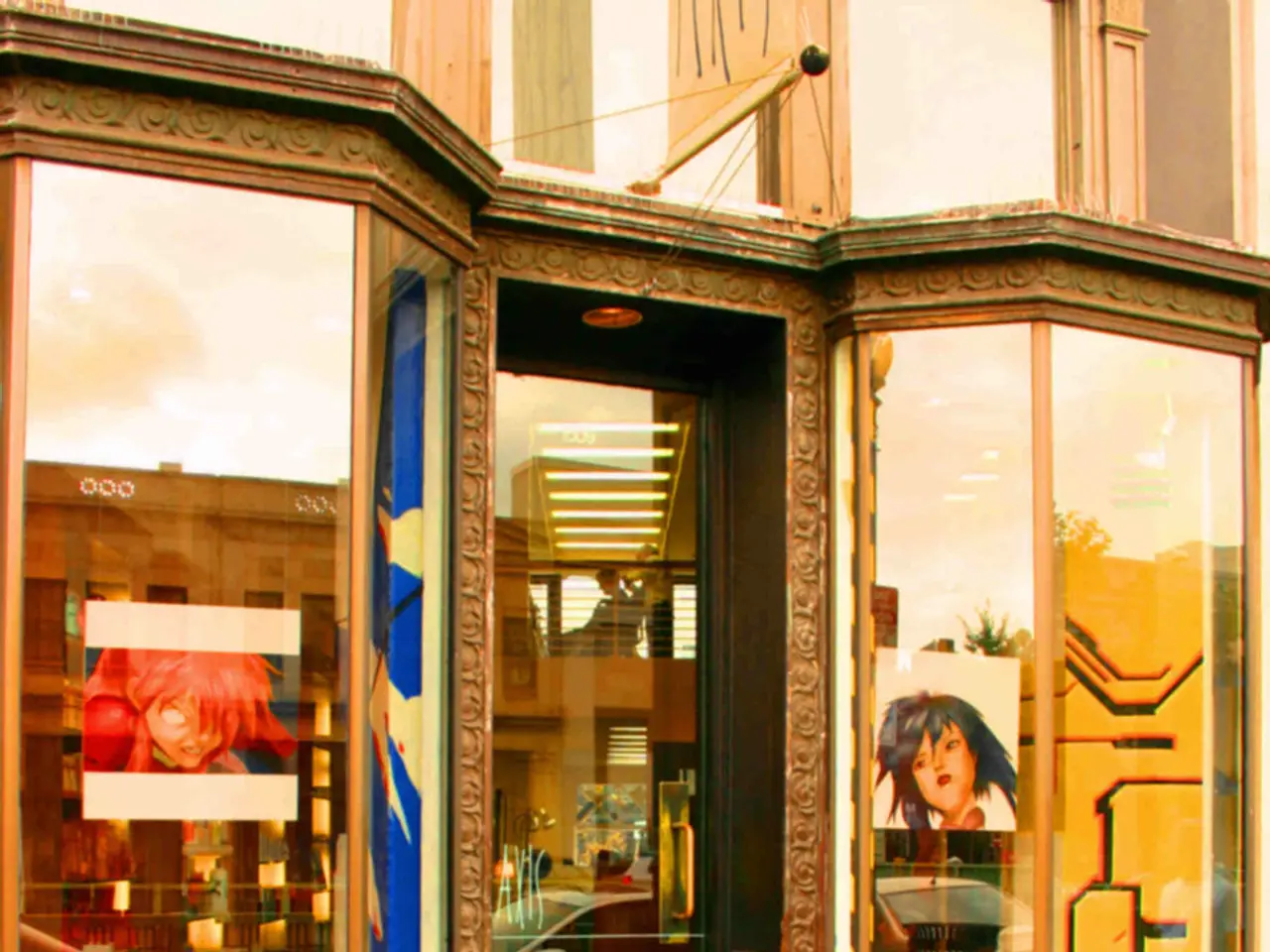Latest commercial interior design fads to watch out for, ranked
Transforming Commercial Spaces in 2024: A Focus on Smart, Flexible, and Sustainable Design
In the ever-evolving world of commercial interior design, 2024 promises a shift towards smarter, more flexible, and sustainable spaces. This transformation is reflected in offices, retail stores, and hospitality venues across the globe.
Embracing Smart Technology
Offices are increasingly incorporating furniture with built-in wireless charging, USB ports, and IoT sensors that optimize lighting and desk usage. This integration not only enhances efficiency but also adaptability in workspaces, supporting hybrid work and clean, organized spaces [1].
Flexible and Modular Workspaces
Modular furniture that can be rapidly reconfigured is becoming standard, allowing spaces—especially offices—to easily shift between collaborative and individual work modes [1]. This flexibility caters to the diverse needs of today's workforce.
Biophilic Design
Natural elements such as plant incorporation and nature-inspired textures are gaining prominence. These elements are not only aesthetically pleasing but also improve employee well-being and cognitive comfort by reducing stress and enhancing creativity [1][3].
Sensory Intelligence and Neuroinclusive Design
Flooring and interiors designed with sensory needs in mind—using patterns, textures, and acoustics that reduce cognitive fatigue and sensory overwhelm—support diverse neurological responses, benefiting productivity and inclusivity [3].
Material Innovation and Resilience
The use of sustainable, durable materials that also provide acoustic and sensory benefits is key. Flooring innovations focus on resilience and environmental stewardship, which also translate to long-term cost and maintenance efficiency in commercial settings [3].
Industrial Style Elements
Inspired by warehouses and factories, exposed brick walls, metal fixtures, and wood add rugged charm with high ceilings and large windows, combining vintage and modern for stylish practicality in retail and hospitality settings [5].
Circular Economy Focus
Furniture designs are emerging that emphasize recyclability and circular lifecycle, aligning commercial interiors with growing sustainability goals [2].
Textile and Wallcovering Innovation
Creative textiles and wallcoverings introduce tactile, colorful elements that improve ambiance and acoustic performance in all commercial spaces [2].
Cross-Sector Adaptability
Design approaches and materials are increasingly versatile, allowing seamless use and aesthetic coherence across offices, retail, and hospitality environments, promoting operational flexibility [3].
Enhanced Acoustic Performance
Sound-absorbing materials and smart furniture design mitigate noise distractions, creating comfortable environments conducive to focus in offices, and pleasant atmospheres in retail and hospitality [3].
Impact on Design and Functionality
Offices become highly adaptable, tech-enabled spaces supporting hybrid collaboration, well-being, and inclusivity through sensory-conscious design and biophilic elements [1][3]. Retail spaces leverage industrial elements and modularity for attractive, flexible layouts that facilitate customer engagement and operational ease [5]. Hospitality environments use natural materials and innovative textiles to create warm, inviting atmospheres while meeting sustainability and acoustic demands, improving guest experience [2][3].
In addition, companies are choosing energy-efficient lighting systems and eco-friendly flooring options like bamboo and cork to align their spaces with their values of environmental responsibility. Open ceiling designs, particularly popular in coworking spaces and creative industries, contribute to both the aesthetic and practical aspects of the design.
Retail and hospitality businesses are adopting the trend of custom-branded spaces to enhance customer loyalty and brand recognition. Bold colors and patterns are making a comeback, with businesses using vibrant, energizing hues like mustard yellow, deep teal, and burnt orange. Incorporating natural textures and materials such as stone and wood further enhances the calming effect of biophilic environments. Biophilic design, with elements like indoor plants, living walls, and natural lighting, is becoming increasingly popular.
Together, these trends reflect a move toward environments that are smarter, more flexible, wellness-centered, and sustainable, influencing how commercial interiors look and function in 2024 and beyond [1][2][3][5].
- The incorporation of modular furniture in commercial spaces, such as offices, is designed to facilitate flexible workspaces that cater to diverse needs.
- Innovative use of natural elements, often referred to as biophilic design, is gaining prominence as it improves employee well-being, cognitive comfort, and creates visually appealing spaces in various commercial environment types.
- Choosing eco-friendly materials like bamboo and cork flooring, combined with energy-efficient lighting systems, reflects a focus on sustainability as companies strive to align their interior design choices with their environmental values.




